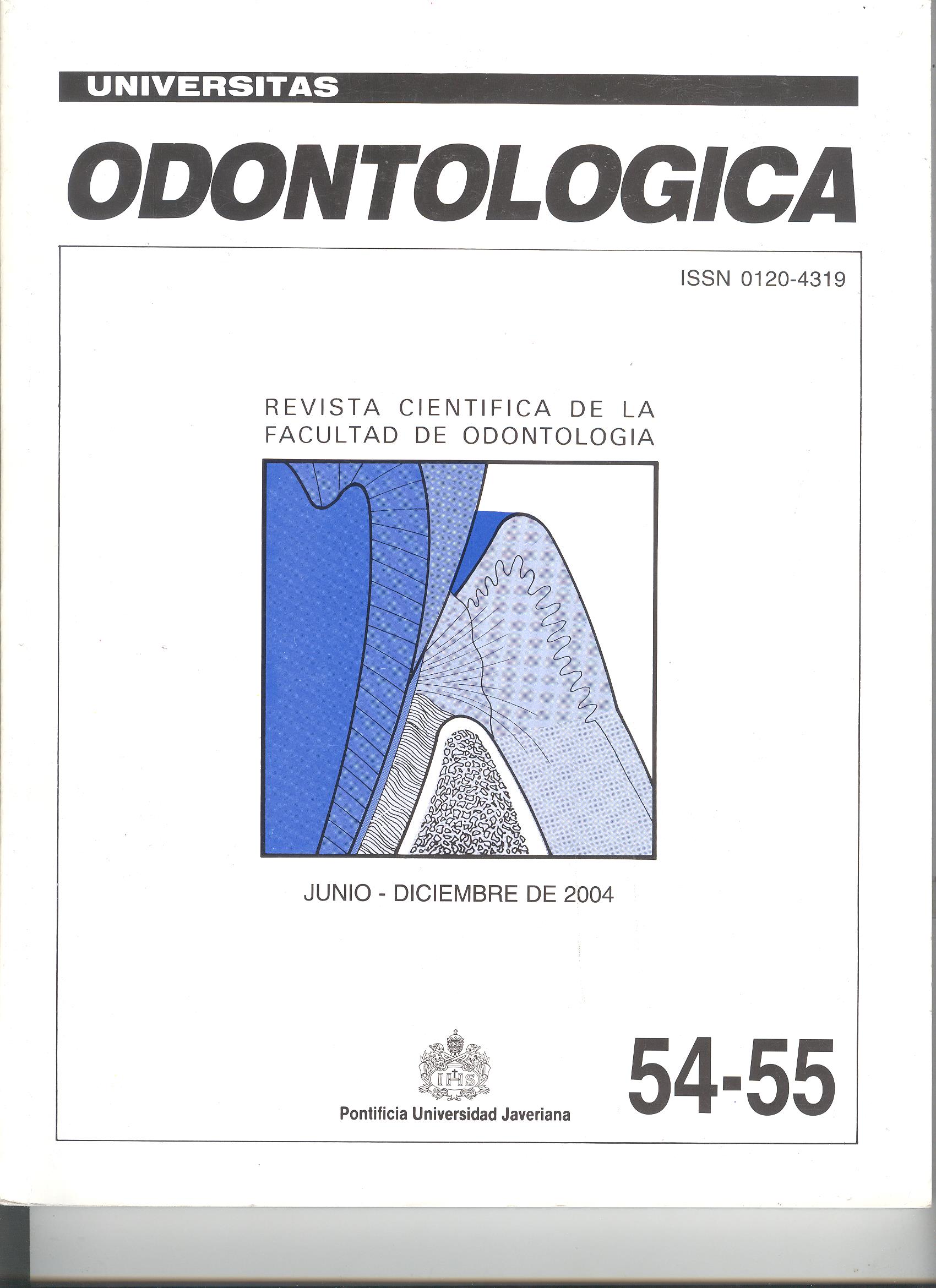Resumen
Cuando un huésped está inmunizado, tiene mecanismos específicos de reconocimiento y defensa ante una sustancia extraña en particular (antígeno), ya sea de manera natural o artificial. Esta inmunidad puede ser lograda en forma pasiva o activa. Si los productos de defensa se originan en un sitio endógeno por medio de la estimulación antigénica del propio sistema inmune del sujeto, la inmunidad es activa. Si por otro lado, los anticuerpos o células son producidos en un donador, por efecto de la estimulación antigénica, y luego son transferidas a un receptor, la inmunidad conferida es pasiva.
Lydyard P, Grossi C. Development of the immune system. In: Immunology, 2nd ed. London, United Kingdom: Gower Medical, 1989
Correa J, Gómez J, Posada R. Fundamentos de pediatría: generalidades y neonatología, tomo I, 2a ed. Medellín, Colombia: Corporación para Investigaciones Biológicas, 1999
Guzmán M. La respuesta inmune en las enfermedades infecciosas. En: Medicina Interna, tomo II, 3a ed. Bogotá, D. C., Colombia: Fundación Instituto de Reumatología e Inmunología, 1997
Russell MW, Hajishengallis G, Childers NK. Secretory immunity in defense against cariogenic Mutans Streptococci. Caries Res 1999; 33(1): 4-15
Organización Panamericana de la Salud. Inmunizaciones: información para la acción. Washington DC, EUA: La Organización, 1984
Zimmerman DH, Mundon FK, O’Neil SP. Industrial applications of monoclonal antibodies against bacteria. In: Monoclonal antibodies against bacteria. Volume II. Orlando FL, USA: Academic Press AJL Macario and E Conway de Macario, 1985
Motin VL, Nakajima R, Smirinov GB, Brubaker RR. Passive immunity to yersiniae mediated by anti-recombinant V antigen and protein A-V antigen fusion peptide. Infect Immun 1994 Oct; 62: 4192-201
Wong JP, Stadnyk LL, Saravolac EG. Enhanced protection against respiratory influenza A infection in mice by liposome-encapsulated antibody. J Immunol 1994 Feb; 81(2): 280-4
Hunt JC, Fish WW, Marchalonis JJ. Rapid molecular weight estimation and separation of selected immunoglobulin chains by high speed gel filtration. J Immunol Methods 1983; 65(1-2): 199-205
Negroni M. Microbiología estomatológica: fundamentos y guía práctica. Buenos Aires, Argentina: Panamericana, 1999
Hamada S, Horikishi T, Minami T, Kawabata S, Hiraoka J et al. Oral passive immunization against dental caries in rats by use of hen egg yolk antibodies specific for cell-associated glucosyltransferase of Streptococcus mutans. Infect Immun 1991; 59: 4161-67
Otake S, Nishihara Y, Makimura M, Hatta H, Kim M et al. Protection of rats against dental caries by passive immunization with hen-egg-yolk antibody (IgY). J Dent Res 1991; 70: 162-6
Ma JKC, Hiatt A, Hein M, Vine ND, Wang F et al. Generation and assembly of secretory antibodies in plants. Science 1995; 268: 716-9
Organización Mundial de la Salud, UNICEF. Vacunas e inmunización: situación mundial. Ginebra, Suiza: Las Organizaciones, 1997
Abbas AK, Lichtman AH, Pober JS. Immunity to microbes. In: Cellular and molecular Immunology, 2a ed. Philadelphia, PA, USA: Saunders, 1994
Manrique J. Vacunas. En: Pediatría, diagnóstico y tratamiento. Bogotá, D. C., Colombia: Hospital Pediátrico Universitario de la Misericordia, Celsus, 1994
Nolte W. Microbiología odontológica, 4a ed. México DF, México: Interamericana, 1986

Esta obra está bajo una licencia internacional Creative Commons Atribución 4.0.
Derechos de autor 2004 Universitas Odontologica


